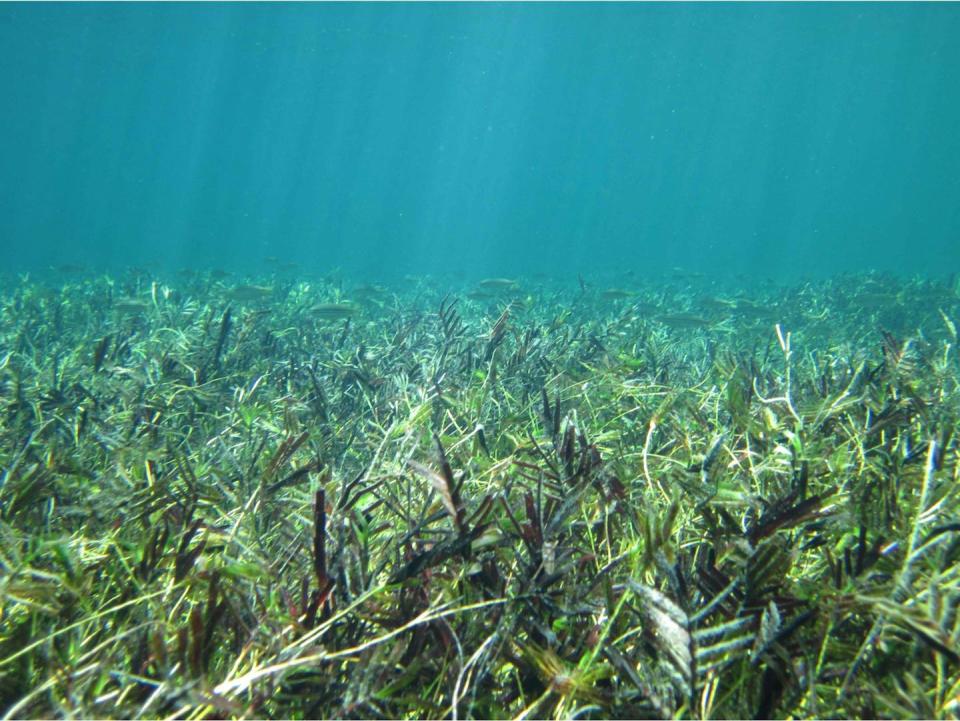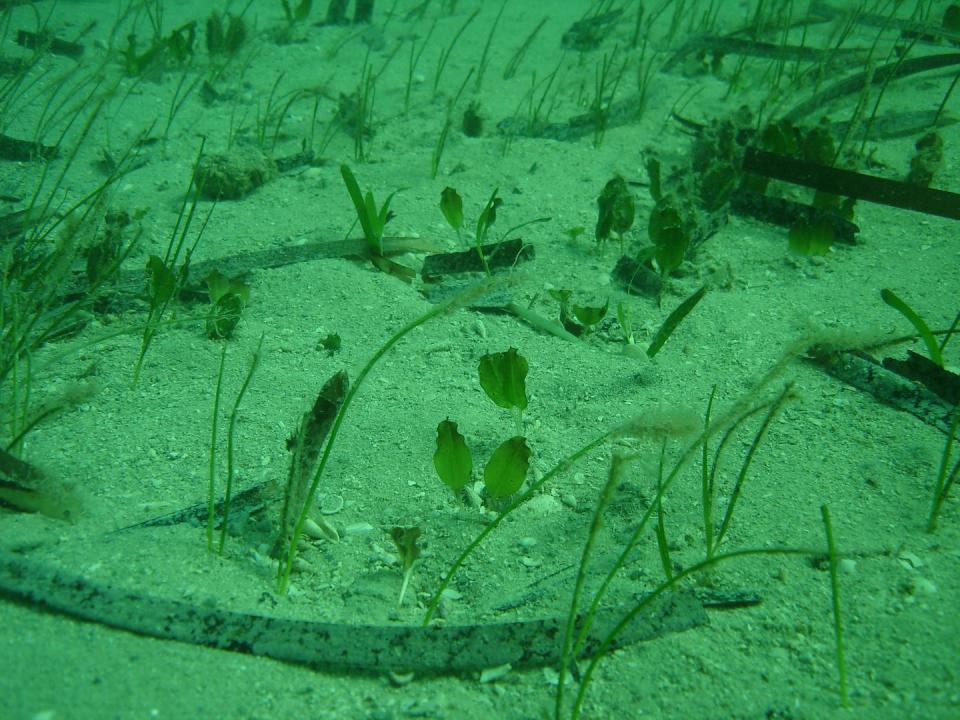There are more than 500 species of sharks in the world’s oceans, from the 7-inch dwarf lantern shark to whale sharks that can grow to over 35 feet in length. They are found from polar waters to the equator, at the surface and miles deep, in the open ocean, along coasts, and even in some coastal rivers.
With such diversity, it is not surprising that sharks fulfill many ecological functions. For example, the largest individuals of some large predatory species, such as tiger and white sharks, can play an extremely large role in maintaining balances between species. They do this by feeding on prey and sometimes simply being there and being frightening enough to change the habits and locations of prey species.
In a newly published study, my colleagues and I examined decades of research on the ecological roles of sharks and considered their future in human-dominated oceans. We found that their current decline is an urgent problem because sharks serve a wide range of, and sometimes important, functions in maintaining healthy oceans. Since 1970, global shark and ray populations have declined by more than 70%.
Humans are killing many shark species at unsustainable rates, particularly through overfishing. We see nations need to rethink where and how they protect sharks to ensure healthy oceans.
How do sharks feed on seagrass?
More than two decades of studies off the remote coast of Western Australia show that even the presence of tiger sharks shapes entire seagrass ecosystems by changing where and how large herbivores such as sea turtles and manatees feed.
Having tiger sharks nearby prevents large areas of seagrass from being overgrazed and allows them to develop into dense underwater meadows that provide habitat for young fish and shellfish, which are important food for other animals and humans.



Where tiger sharks have declined and turtle populations have increased, seagrass meadows are being overgrazed. In Bermuda, for example, exploding turtle populations have nearly wiped out seagrass meadows.
White sharks produce some of the same effects. Off the coast of California, where white shark numbers are increasing, sea otters spend more time in the safety of protected inland waters and less time in the open waters of Monterey Bay. Sea otters prey on crabs, which in turn feed on grazing invertebrates such as sea slugs that clean algae from seagrass meadows. More otters means fewer crabs, more grazing, healthier seagrass meadows.
Kelp forests and reefs
Kelp forests are dense communities of large brown algae that grow in shallow areas near shores. Overfishing along the U.S. West Coast led to the extinction of local sea otter populations in the early 1900s. This allowed sea urchins—the otters’ favorite food—to spread and consume the kelp, causing massive kelp forest losses.
Over the last 50 years, sea otter populations have recovered with federal protection, but as white sharks expand their range north, they are preventing sea otters from expanding their range because they have no kelp forests to hide in.
Sea otters will likely expand their range only after kelp forests become established. This complicates restoration efforts as the otters will not remove enough sea urchins for the kelp to become established.
When sharks are near coral reefs, fish avoid the sharks by staying close to the safety of the reef. This reduces grazing of seagrass meadows and algae over large areas. But there is still much to learn about when, where and how sharks can be important to coral reef health.
Food and nutritional resources
Sharks can also be prey. Some, including large species such as great white sharks, are important food sources for some of the world’s killer whale populations. Smaller sharks, including blacktip sharks, can be important menu items for larger sharks such as great hammerhead sharks.
Sharks transport nutrients throughout the ocean by consuming their prey in one place and excreting waste elsewhere. In the Pacific, for example, grey reef sharks provide an important fertiliser for ocean food webs by transporting nitrogen from the offshore waters where they feed to the coral reefs where they spend their days.
In Florida’s coastal waters, young bull sharks feed during brief visits to the ocean, then return to safer, nearly freshwater rivers where they spend most of their time, leaving their nutrients behind in their waste.
Sometimes the presence of sharks helps other fish. In the open ocean, sharks’ tough scales make excellent scratching posts for the fish to remove parasites.
Protecting sharks’ roles
Our review clearly shows that sharks play a variety of roles in maintaining healthy oceans. We see important implications for shark conservation.
Step 1 would be to set goals beyond ensuring the presence of sharks in the oceans and target species with important ecological roles.
Within populations, it is important to protect individual sharks of certain species. For example, the largest tiger sharks are those that shape the behavior of turtles and manatees, benefiting seagrass ecosystems. Intensive fishing worldwide makes it extremely difficult for large sharks, which can live for decades or even centuries, to survive and reach ecologically significant sizes.
Working with local communities in coastal areas can build support to protect these large ocean predators, just as conservationists work on the ground to protect iconic predators like wolves. Nations can create large networks of protected areas that ban shark hunting and focus on key areas where individual sharks can roam.
Research shows that sharks benefit from creating protected areas, limiting shark fishing outside these areas, and restricting the use of fishing gear that harms sharks the most, such as gill nets and longlines. By better understanding the ecological value of sharks, my colleagues and I hope to see focused action at all levels to protect these essential animals.
This article is republished from The Conversation, a nonprofit, independent news organization that brings you facts and trusted analysis to help you understand our complex world. By Michael Heithaus Florida International University
Read more:
Michael Heithaus receives funding from the Shark Conservation Fund and the National Science Foundation.